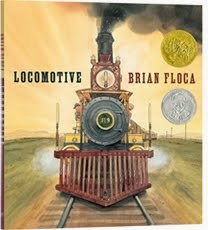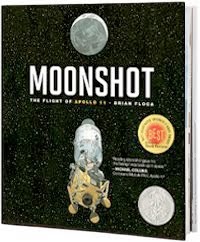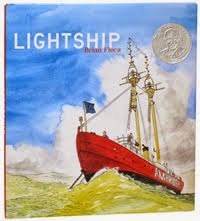A new Emily Dickinson archive is online today, here. (An article about the archive appears in today’s New York Times, here.) At the archive you can find Dickinson’s poem “I like to see it lap the miles”:
And lick the valleys up,
And stop to feed itself at tanks;
And then, prodigious, step
And, supercilious, peer
In shanties by the sides of roads;
And then a quarry pare
Complaining all the while
In horrid, hooting stanza;
Then chase itself down hill
Then, punctual as a star,
Stop docile and omnipotent
At its own stable door.
The poem never says what “it” is, but you can guess, I think. Dickinson wrote the poem in or around 1862—by coincidence or not, the year Abraham Lincoln signed the Pacific Railroad Act. “I like to see it lap the miles” and two other poems—Walt Whitman’s poems “To a Locomotive in Winter” and “Passage to India”— are mentioned in the author’s note in Locomotive as examples of the train’s once commanding place in the culture.








No comments:
Post a Comment